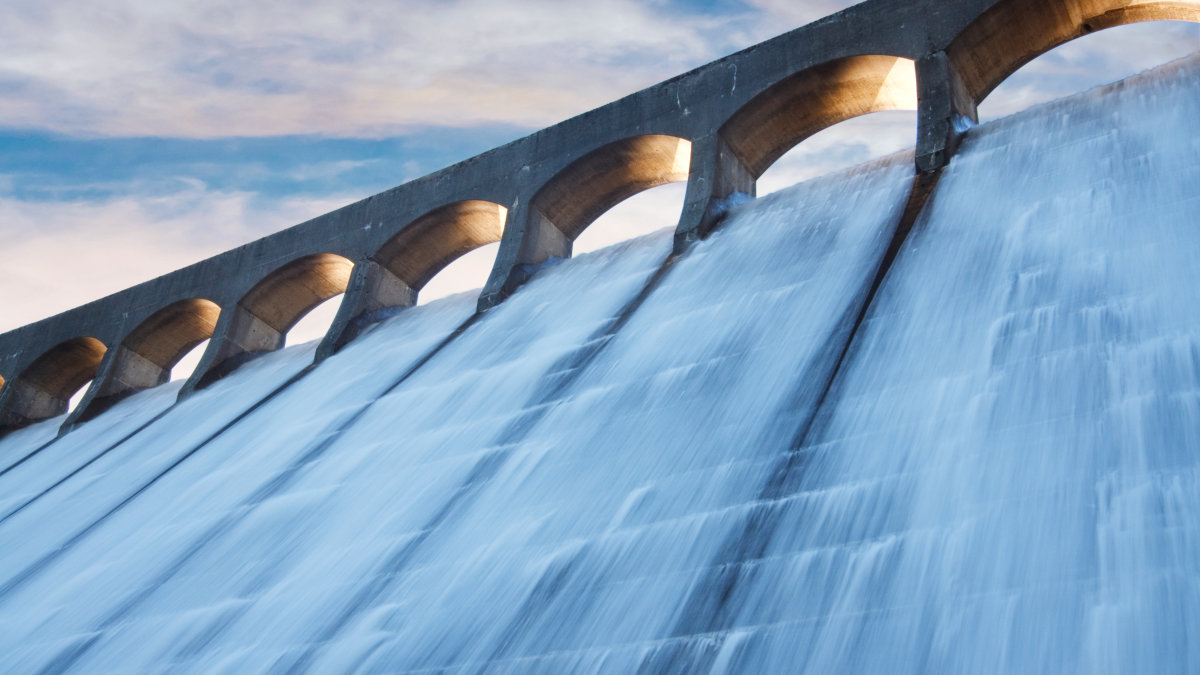As Australia transitions toward a low-carbon electricity system, the role of long-duration energy storage becomes increasingly critical. While conventional batteries capture attention for their speed and modularity, Pumped Hydro Energy Storage (PHES) remains the country’s most proven and scalable large-scale storage solution—essential for firming renewable generation and safeguarding grid stability over multi-day periods.
How It Works: Gravity-Powered Grid Support
PHES works by using surplus electricity—often generated during solar-rich midday hours—to pump water uphill from a lower to an upper reservoir. When energy demand peaks, the stored water is released, flowing downhill through turbines to produce electricity.
In effect, PHES converts gravitational potential energy into dispatchable electricity, functioning as a giant, grid-scale rechargeable battery.
PHES systems typically offer 8–24+ hours of sustained output, making them ideal for evening peaks and periods of low renewable generation. *
Australia’s Pumped Hydro Potential
The 2024 AEMO Integrated System Plan (ISP) highlights PHES as a key component of the “no-regrets” infrastructure pathway, helping to:
- Firm intermittent solar and wind generation
- Provide flexible dispatchable capacity
- Relieve pressure on transmission networks during peak demand
Snowy 2.0: The Flagship Project
- 2,000 MW capacity, delivering up to 350,000 MWh of storage
- Equivalent to powering three million homes for a full week
- Designed to provide strategic system backup across the National Electricity Market (NEM)
While Snowy 2.0 has faced construction delays and cost escalations, its completion will represent one of the largest renewable storage systems globally.
Thousands of Untapped Sites
Research from the Australian National University (ANU) PHES Atlas identified over 20,000 suitable sites for off-river pumped hydro projects nationwide. These sites could potentially support terawatt-hours of storage, enabling a fully renewable grid.
The main challenges lie in developability rather than availability:
- Long permitting timelines
- Environmental constraints (especially around waterways and national parks)
- Capital-intensive business cases with long payback periods
Pros and Pitfalls: Weighing PHES for the Modern Grid
Key Advantages
- High round-trip efficiency (75–85%)
- Long lifespan (50+ years) with minimal degradation
- Low operational costs after construction
- Natural inertia and frequency stabilisation benefits, supporting system security
These characteristics make PHES particularly suitable for firming capacity, backing up variable renewables over extended durations, especially useful during multi-day wind lulls or winter periods with lower solar availability.
Challenges & Constraints
| Challenge | Impact |
|---|---|
| High upfront capital | Projects often require >$1 billion in investment |
| Long lead times | Planning, approvals, and construction may take 5–10 years |
| Environmental impacts | Land use, water catchments, and ecosystem disruption must be carefully managed |
| Geographic limitations | Sites must have appropriate elevation differential and proximity to transmission |
Despite these challenges, PHES remains a strategic long-term investment for a reliable and renewable grid.
PHES vs Battery Storage: Complementary, Not Competing
While Battery Energy Storage Systems (BESS) are better suited to fast, short-duration response (e.g. frequency control or 2–4 hour peak shaving), PHES is essential for medium- to long-duration support. The two technologies serve different grid needs:
| Feature | BESS | PHES |
|---|---|---|
| Response time | Milliseconds | Minutes |
| Storage duration | 1–4 hours | 8–24+ hours |
| Capital cost | Lower upfront | Higher upfront |
| Scalability | Modular | Geographically constrained |
| Lifespan | ~15 years | 50+ years |
Conclusion: A Pillar of Renewable Grid Reliability
In an energy system dominated by solar and wind, Pumped Hydro Energy Storage provides critical load-shifting and resilience. Although slower to build than batteries, its ability to deliver bulk, dispatchable energy over long periods makes it a foundational element in the next-generation Australian grid.
As AEMO and energy infrastructure experts have signalled, PHES is not optional—it’s an essential hedge against intermittency, congestion, and future demand surges.
Key References
- AEMO Integrated System Plan 2024
- Australian National University PHES Atlas



